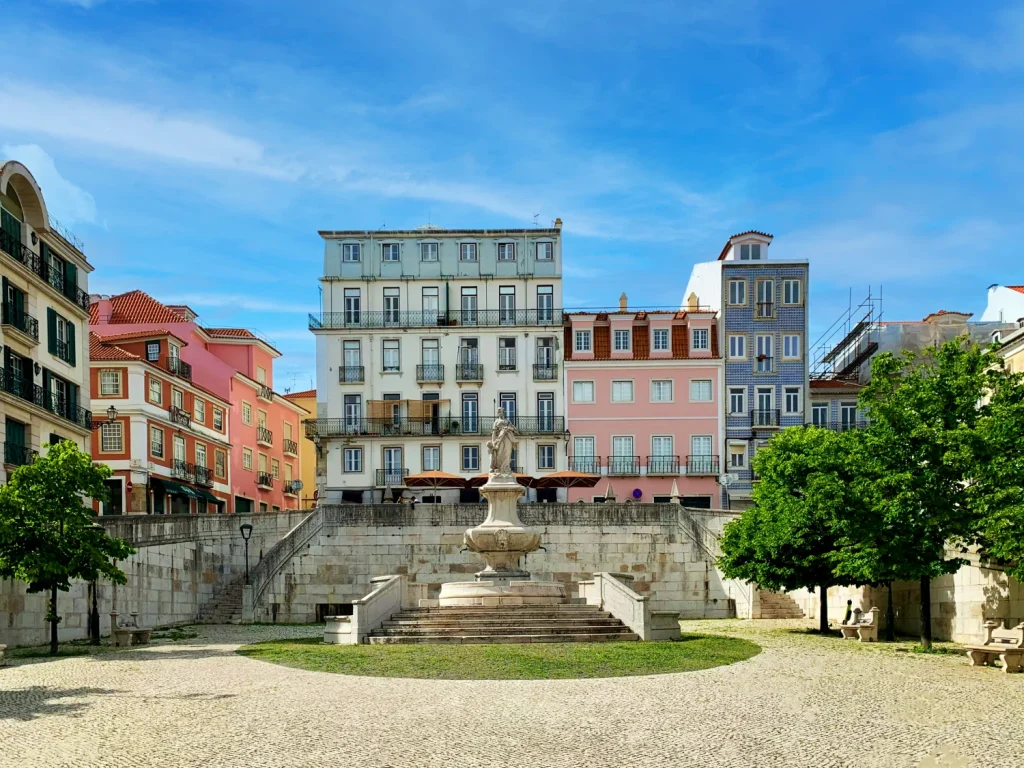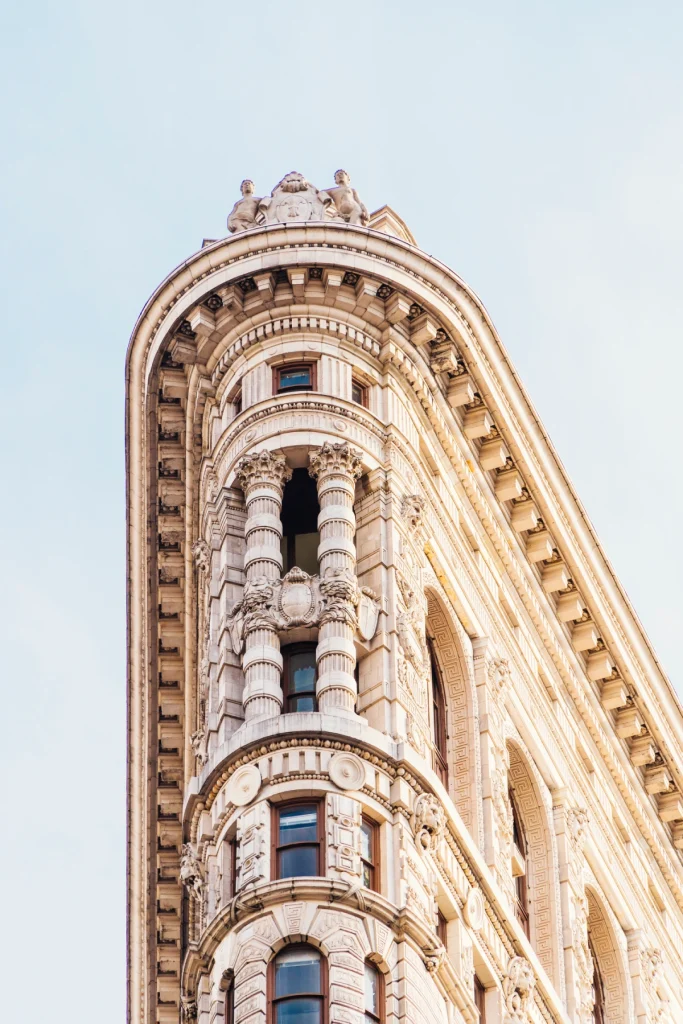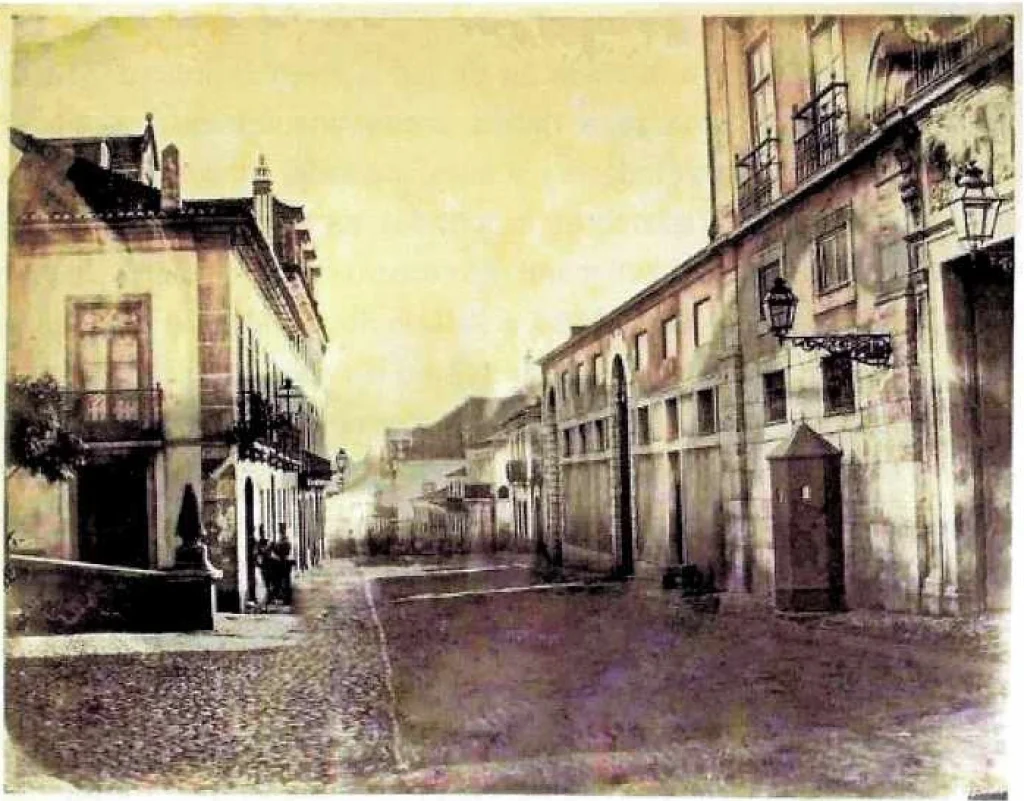History of the place

HISTORY OF THE PLACE
On the site, where The Verdian is being built today, the past permeates the present with an
extraordinary force.
Located on Rua das Janelas Verdes, the monumental Palacete came into existence at the turn of the 18th and 19th centuries, on a former garden structure dating as far back as the 17th century. Its location - opposite the Museum of Ancient Art and next to the Chafariz das Janelas Verdes fountain - made it the heart of the elegant Lapa district, once full of aristocratic residences and palaces.
Located on Rua das Janelas Verdes, the monumental Palacete came into existence at the turn of the 18th and 19th centuries, on a former garden structure dating as far back as the 17th century. Its location - opposite the Museum of Ancient Art and next to the Chafariz das Janelas Verdes fountain - made it the heart of the elegant Lapa district, once full of aristocratic residences and palaces.



romantic character of Lisbon's civil architecture
Over the course of its history, the building has served a variety of functions - it used to be the
home of the bourgeoisie, a primary school (Escola Básica nº 18 from 1911 to 2007), and an
artist's atelier.
During this time it was subject to numerous transformations – viz. its facades have changed, some storeys have been added; however, it has retained the romantic character of Lisbon's civil architecture.
During this time it was subject to numerous transformations – viz. its facades have changed, some storeys have been added; however, it has retained the romantic character of Lisbon's civil architecture.
renewing the memory of a place
The Verdian means not merely revitalizing a space - it is about renewing the memory of a
place. The designing team has taken care to preserve key details: stone steps, wrought iron
balustrades, ceilings, garden fountains and ceramic benches. A thoughtful concept restores
former glory to this part of Lisbon by combining harmoniously the elegance of history with the
demands of modern life.
